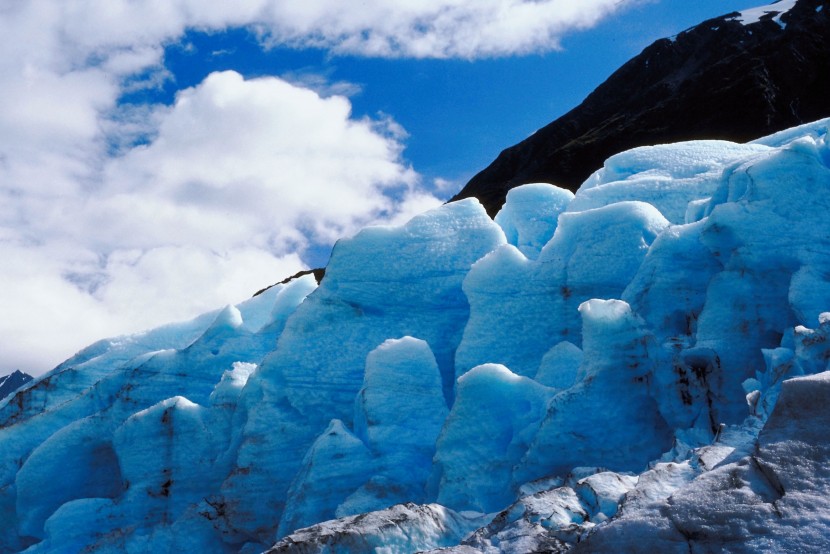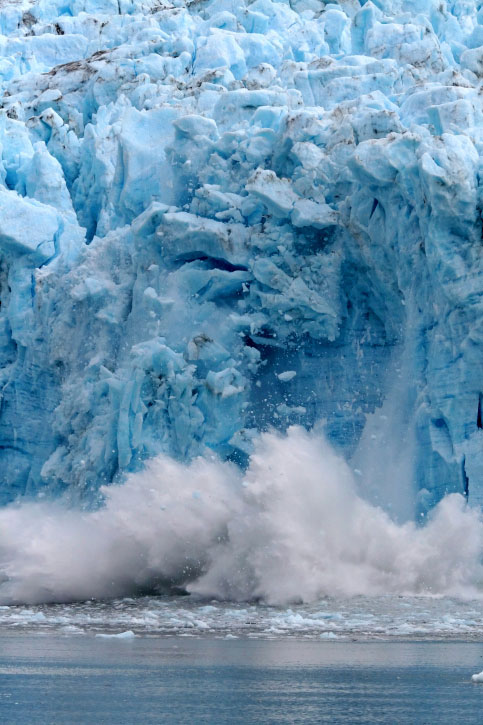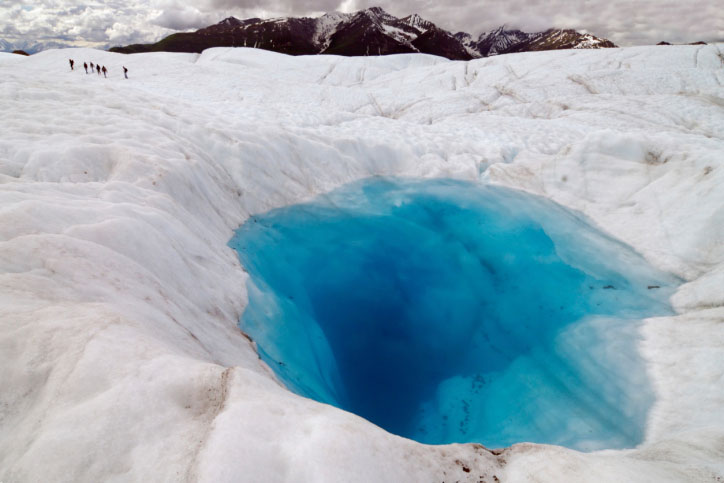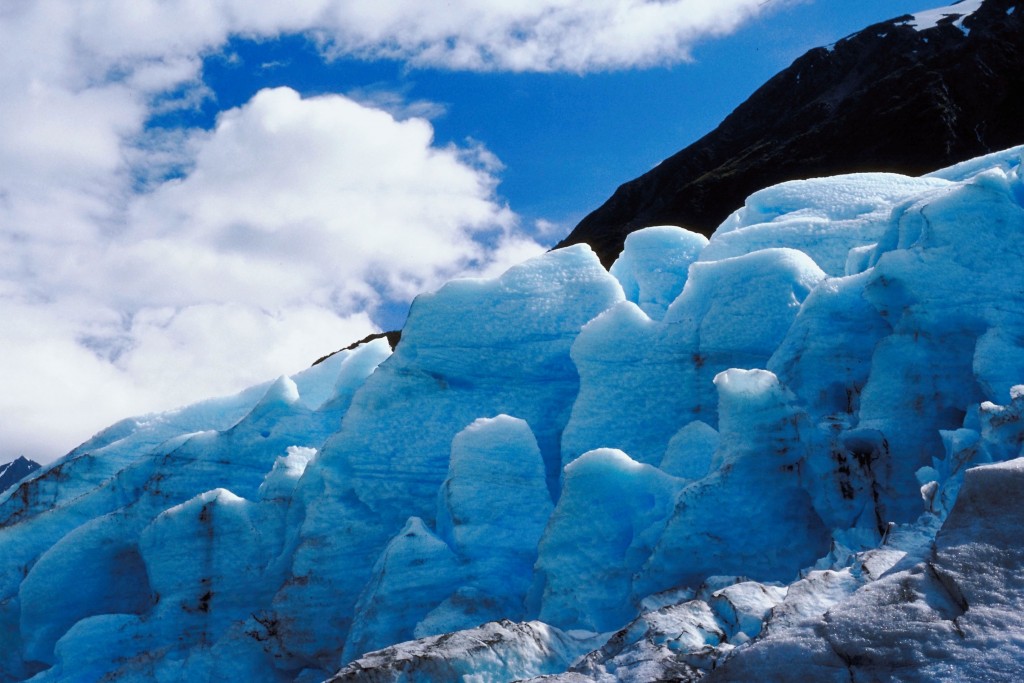Know Your Glaciers: A Guide to Describing the Alaskan Ice
Back To Blog
Types of Glaciers
According to the U.S. Geological Survey, there are thirteen types of glaciers, but you only need to know three to start describing Alaskan glaciers.

Calving glaciers like the Margerie and Hubbard Glaciers are named for the process of icebergs breaking off into the sea. The Malaspina Glacier is the largest Piedmont glacier in Alaska. Its iconic fan shape was formed as the glacier spread out into a plain after having been confined by a valley. In temperate glaciers such as the Matanuska and Burroughs glaciers, the temperature is moderate enough that for part of the year the glacier has both frozen and liquid sections.
More Words to Describe Glaciers
Lifecycle of Glaciers
Glacial formation is a story of freezing and melting. Accumulation is the addition of ice or snow. Ablation is the loss of ice or snow and downwasting is thinning due to melt.

The barren zone is an area at the edge of a glacier where the ice melted away recently enough that plants haven’t grown in. If you hear a fizzing sound like you just opened a soda, that is the Bergy Seltzer, and it happens when air of different pressures is released from the melting ice.
Glacial Features

Glacial lakes and glacial streams can form on, in, and under glaciers. Streams surface under pressure as fountains. Look where you are walking lest you fall into a crevasse. Caused by the stress of movement, these cracks can be over 100 feet deep.
How Glaciers Shape Landscape

The relationship between rocks and ice is what makes the Alaskan landscape so spectacular. The mountain peaks poking out between glaciers are Nunataks. Parallel grooves left on land by rocks frozen into the glacier are striations. Rock flour, the fine sediment ground down by a glacier, gives the rivers their gorgeous range of colors.
Now that you have the words to de-ice any glacial conversation, what glacier will you visit first on your Alaskan adventure?